Top Remodeling ROI Projects for Boston's Historic Homes (Kitchen & Bath Edition)
Maximize your investment returns while preserving the character that makes Boston’s historic homes so desirable.
At Golden Hammer Remodeling, we understand that owning a historic home in Boston, Cambridge, or the surrounding suburbs is both a privilege and a responsibility. These architectural treasures require thoughtful renovation approaches that respect their heritage while meeting modern living standards. When it comes to return on investment, kitchen and bathroom renovations consistently deliver the highest value in historic properties, but the key lies in executing these projects in ways that enhance rather than compromise your home’s period character. Smart renovation choices can significantly increase your home’s market value while improving your daily quality of life, making these projects true win-win investments.
The Boston area’s competitive real estate market particularly rewards well-executed renovations that maintain architectural integrity while providing modern functionality. Understanding which projects deliver the best returns helps you prioritize your renovation budget for maximum impact.
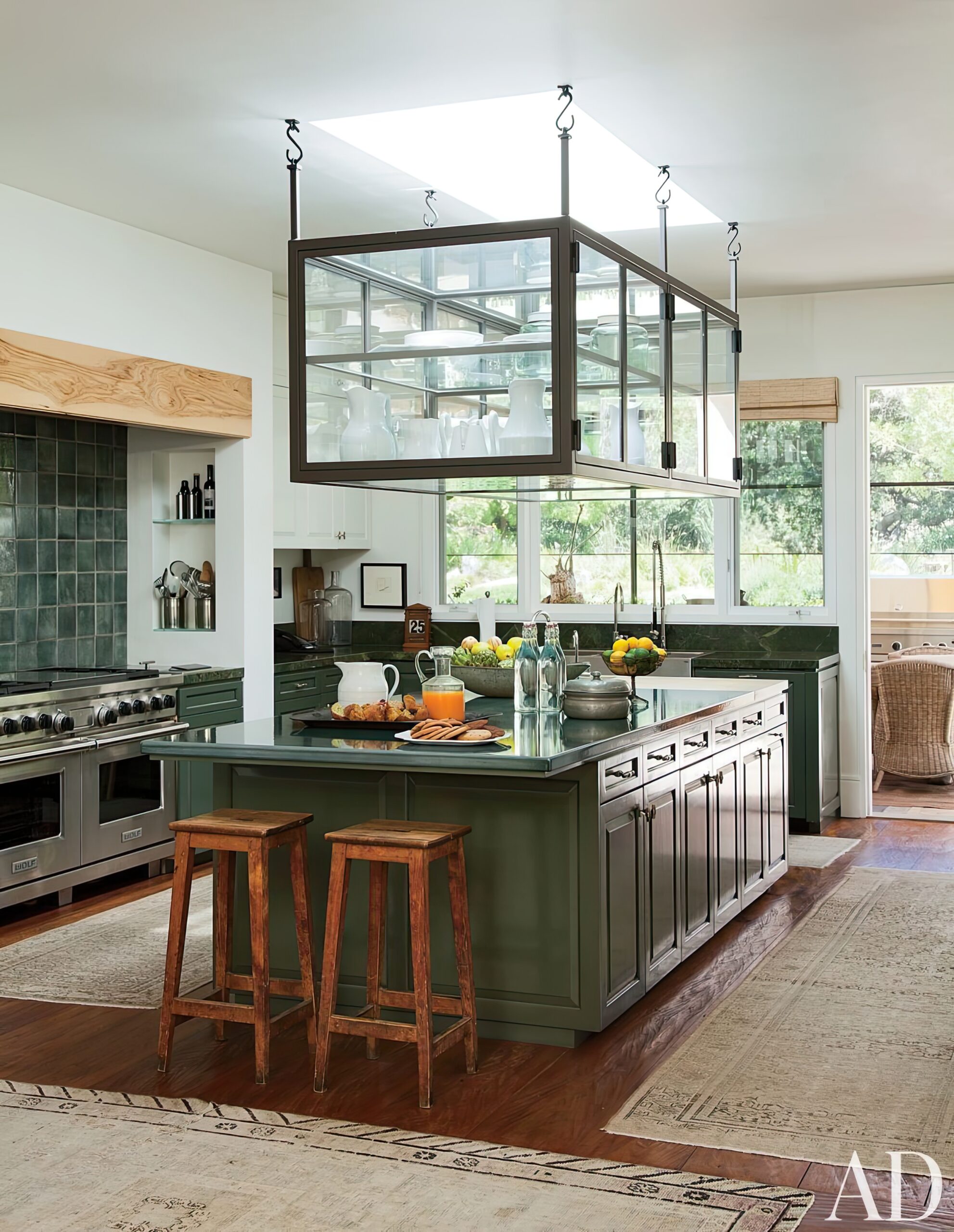
1. Kitchen Renovations: The Crown Jewel of ROI Projects
Kitchen renovations consistently rank as the highest-return investment in historic homes, typically recouping 70-85% of costs in the Boston market when executed thoughtfully.
The key to maximizing ROI in historic kitchen renovations lies in balancing period authenticity with modern functionality. At Golden Hammer Remodeling, we’ve found that kitchens featuring traditional design elements—such as Shaker-style cabinetry, farmhouse sinks, and classic subway tile—appeal to buyers who specifically seek historic properties while satisfying modern cooking and entertaining needs.
Cabinet selection dramatically impacts both cost and return. Custom cabinetry designed to match your home’s period can cost $15,000-$30,000 but often recoups 80-90% of investment in historic properties. Semi-custom options with period-appropriate door styles and hardware can provide similar aesthetic impact at lower cost, typically recouping 75-85% of investment.
Appliance integration is crucial for maintaining period character while providing modern convenience. Panel-ready appliances that can be concealed behind cabinet fronts preserve the historic aesthetic while offering contemporary functionality. Professional-grade ranges in classic styles, such as those from AGA or Viking, often become selling points that distinguish your property in the market.
Countertop choices significantly impact both aesthetics and ROI. Natural materials like marble, granite, or butcher block complement historic architecture while providing durability and timeless appeal. Carrara marble, in particular, has strong historical precedent and typically provides excellent returns in period properties.
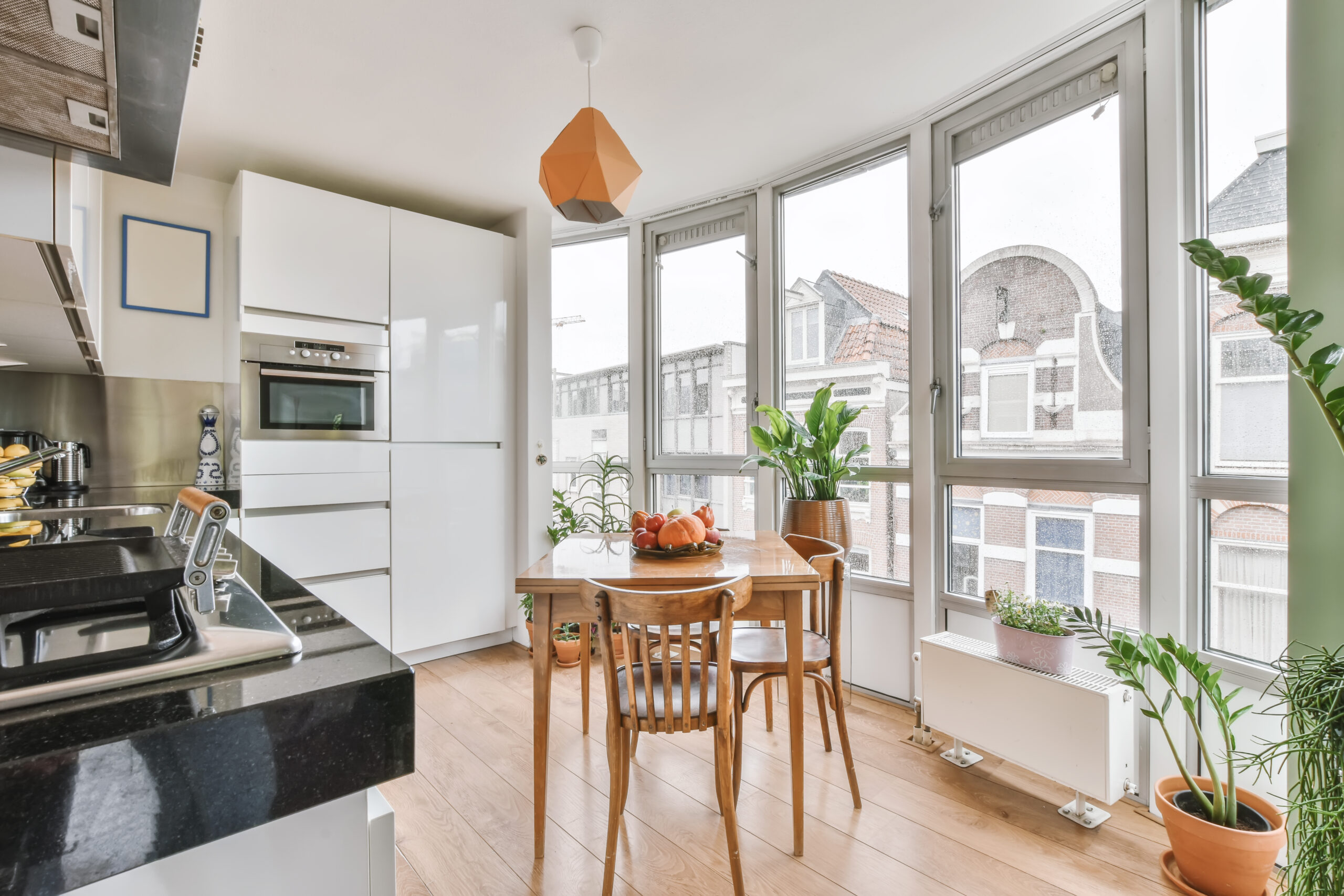
2. Primary Bathroom Renovations: Luxury That Pays Back
Primary bathroom renovations in historic homes typically return 65-80% of investment while dramatically improving daily comfort and home marketability.
Period-appropriate fixtures and finishes are essential for maximizing ROI in historic bathroom renovations. Clawfoot tubs, pedestal sinks, and traditional tile patterns resonate with buyers seeking authentic historic character. At Golden Hammer Remodeling, we source reproduction fixtures that provide period authenticity with modern plumbing efficiency.
Shower installations require careful planning in historic homes but provide significant value returns. Walk-in showers with period-appropriate tile work and fixtures can increase bathroom functionality while maintaining historic character. Glass enclosures with minimal hardware preserve sight lines and make spaces feel larger—important considerations in often-compact historic bathrooms.
Flooring choices dramatically impact both aesthetics and returns. Traditional materials like marble, ceramic tile, or period-appropriate patterns provide authenticity while offering durability. Hexagonal tile, subway tile, and basket-weave patterns all have historical precedent and appeal to buyers seeking period character.
Lighting and ventilation improvements often provide returns beyond their cost by addressing common issues in historic homes. Period-appropriate sconces, chandeliers, and pendant lights enhance ambiance while modern ventilation systems prevent moisture issues that can damage historic materials.
Storage solutions must balance period authenticity with modern needs. Built-in linen closets, medicine cabinets with period-appropriate mirrors, and vanities with traditional styling provide necessary storage while maintaining historic character.
3. Powder Room Updates: Small Spaces, Big Impact
Powder room renovations offer exceptional ROI potential, often returning 80-100% of investment due to their relatively low cost and high impact on buyer perception.
In historic homes, powder rooms provide opportunities to showcase period character in concentrated doses. Bold wallpaper patterns, period-appropriate fixtures, and traditional materials can create memorable impressions that influence buyer decisions. At Golden Hammer Remodeling, we often recommend powder rooms as places to incorporate more adventurous design choices that reflect your home’s era.
Fixture selection in powder rooms can make dramatic statements without major investment. A beautiful pedestal sink, period-appropriate mirror, and traditional sconces can transform a basic powder room into a showcase space for under $5,000 while providing significant perceived value.
Lighting improvements in powder rooms often provide returns far exceeding their cost. Many historic homes have inadequate powder room lighting, and upgrading to period-appropriate fixtures with proper illumination levels creates immediate impact for relatively modest investment.
Flooring updates in powder rooms allow for higher-end materials at lower total cost due to small square footage. Marble, decorative tile, or high-quality luxury vinyl in period-appropriate patterns can provide luxury impact without major budget impact.
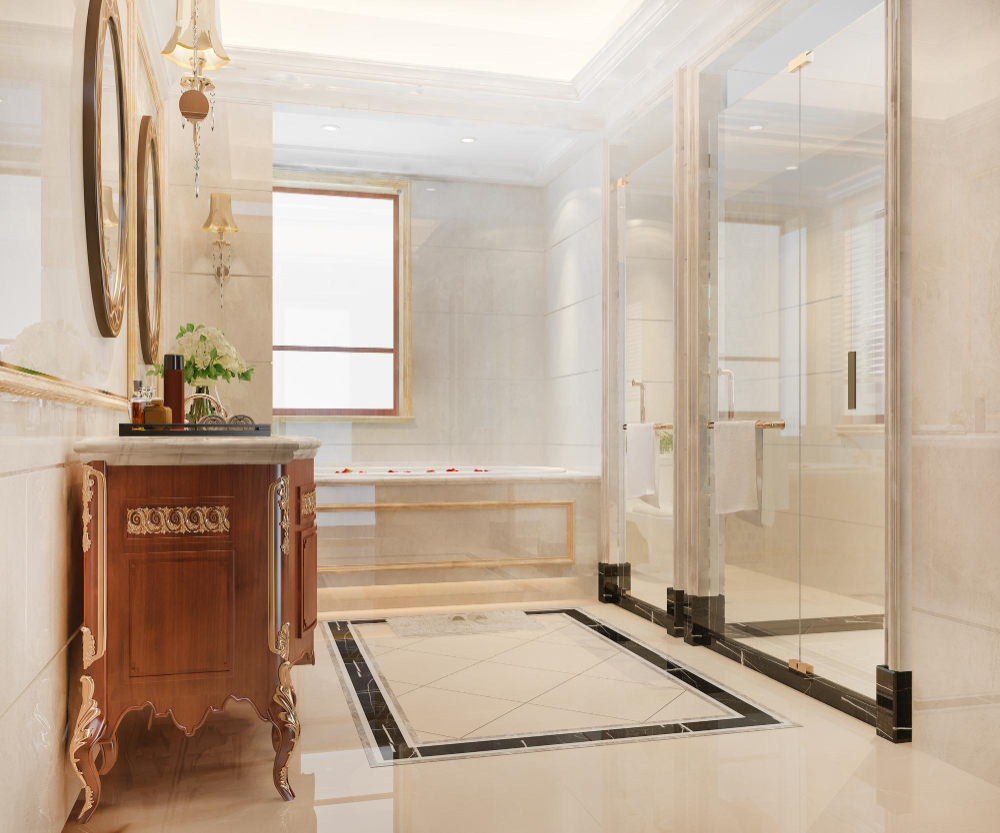
4. Secondary Bathroom Renovations: Balancing Budget and Impact
Secondary bathroom renovations typically return 60-75% of investment while addressing practical needs that significantly impact daily living quality.
In historic homes with multiple bathrooms, secondary bath renovations often focus on improving functionality while maintaining period character. These projects typically cost less than primary bathroom renovations but still provide substantial value returns when executed thoughtfully.
Tub-to-shower conversions in secondary bathrooms often provide excellent ROI, particularly in homes with multiple bathrooms. Modern families frequently prefer shower convenience, and well-designed shower installations can increase functionality while maintaining period-appropriate aesthetics.
Vanity updates in secondary bathrooms provide significant impact for modest investment. Replacing builder-grade vanities with period-appropriate styles, adding storage, and improving lighting can transform these spaces for $3,000-$8,000 while providing strong returns.
Tile and fixture updates can refresh secondary bathrooms without major renovation. Strategic updates like new tile surrounds, period-appropriate fixtures, and improved lighting can provide fresh, updated looks while maintaining historic character.
5. Kitchen Island Additions: Modern Function, Historic Style
Kitchen island additions in historic homes can provide exceptional ROI when designed to complement period architecture while adding modern functionality.
Islands designed with period-appropriate details—such as traditional millwork, furniture-style legs, and complementary finishes—integrate seamlessly into historic kitchens while providing valuable workspace and storage. At Golden Hammer Remodeling, we design islands that appear to be original to the home’s period while incorporating modern conveniences.
Storage integration in kitchen islands maximizes functionality while maintaining clean lines. Drawers, cabinets, and specialized storage solutions can significantly increase kitchen efficiency while providing the organized storage that modern families require.
Seating integration transforms kitchen islands into social centers while maintaining period character. Bar stools or counter-height seating with traditional styling encourage family interaction while preserving the historic aesthetic.
Electrical and plumbing integration in islands requires careful planning but provides significant functionality improvements. Outlets for small appliances, under-counter refrigeration, and prep sinks can dramatically increase kitchen efficiency while maintaining period-appropriate appearances.
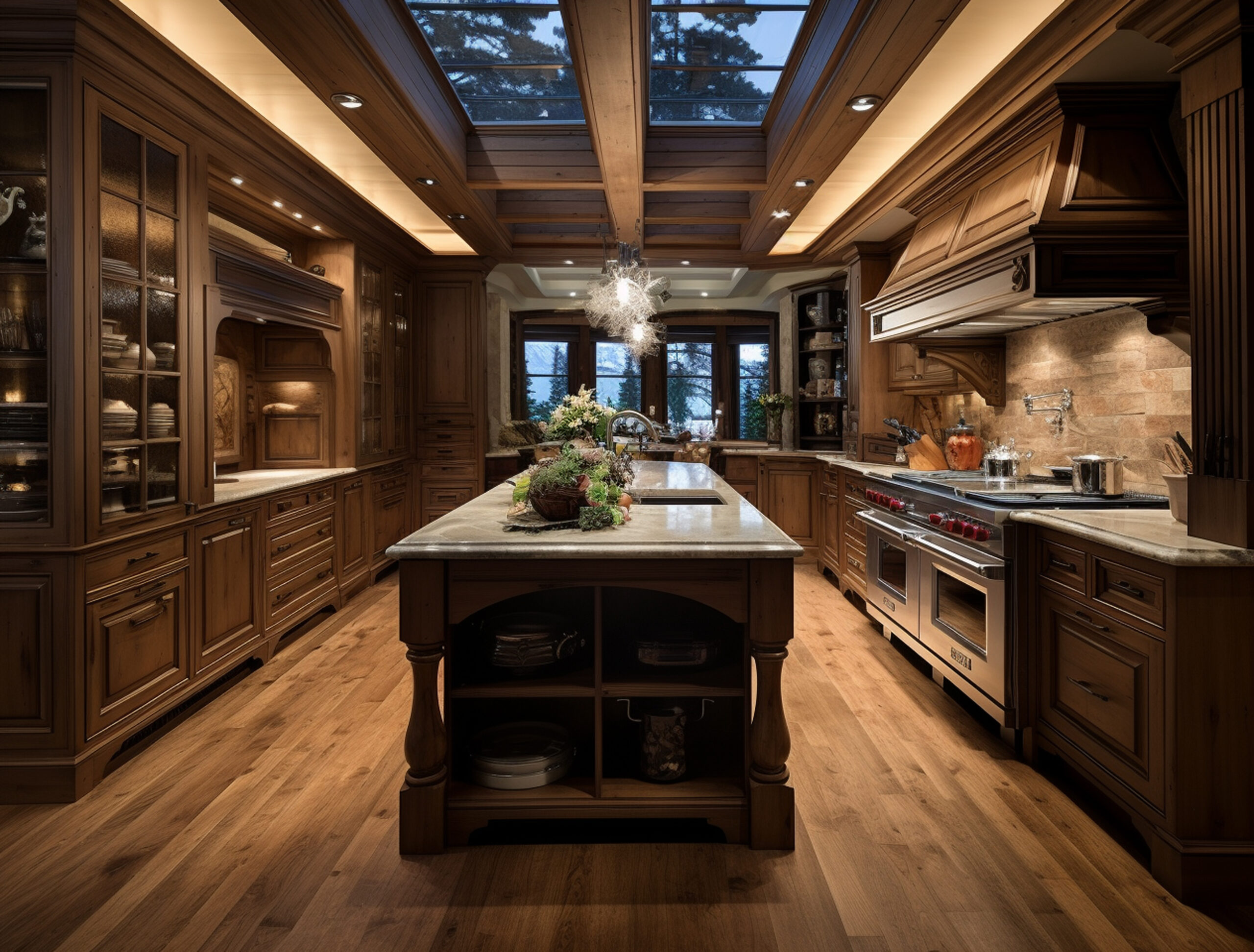
6. Bathroom Storage Solutions: Maximizing Space and Value
Storage improvements in historic bathrooms often provide returns exceeding their cost by addressing common functionality issues while maintaining period character.
Built-in storage solutions work particularly well in historic bathrooms where space is often limited. Recessed medicine cabinets, built-in linen closets, and custom vanities can provide necessary storage while appearing original to the home’s period.
Vanity upgrades with increased storage capacity address modern needs while maintaining historic character. Traditional styling with modern storage solutions—such as soft-close drawers, pull-out organizers, and built-in electrical outlets—provide contemporary convenience with period authenticity.
Linen closet additions or improvements can significantly impact bathroom functionality. Converting nearby closets, adding built-in storage, or creating custom linen storage solutions addresses common storage shortages in historic homes.
Shower and tub storage solutions must balance functionality with period authenticity. Built-in niches, traditional shelving, and period-appropriate accessories provide necessary storage while maintaining historic character.
7. Energy Efficiency Upgrades: Hidden Value That Pays
Energy efficiency improvements in historic kitchens and bathrooms often provide excellent ROI through utility savings and increased buyer appeal, particularly when implemented sensitively.
Window upgrades in kitchens and bathrooms can provide significant energy savings while maintaining historic character. Storm windows, window restoration, or carefully selected replacement windows can improve efficiency while preserving period authenticity.
Insulation improvements during kitchen and bathroom renovations provide long-term value through reduced energy costs. Proper insulation in walls, floors, and ceilings improves comfort while reducing heating and cooling expenses—important considerations in New England’s climate.
Efficient appliance selection in kitchen renovations provides ongoing savings while often qualifying for utility rebates. Energy Star appliances in period-appropriate styles provide modern efficiency with traditional aesthetics.
Lighting upgrades to LED fixtures provide immediate energy savings while often improving functionality. Period-appropriate LED fixtures and bulbs can reduce energy consumption by 75% while maintaining historic character.
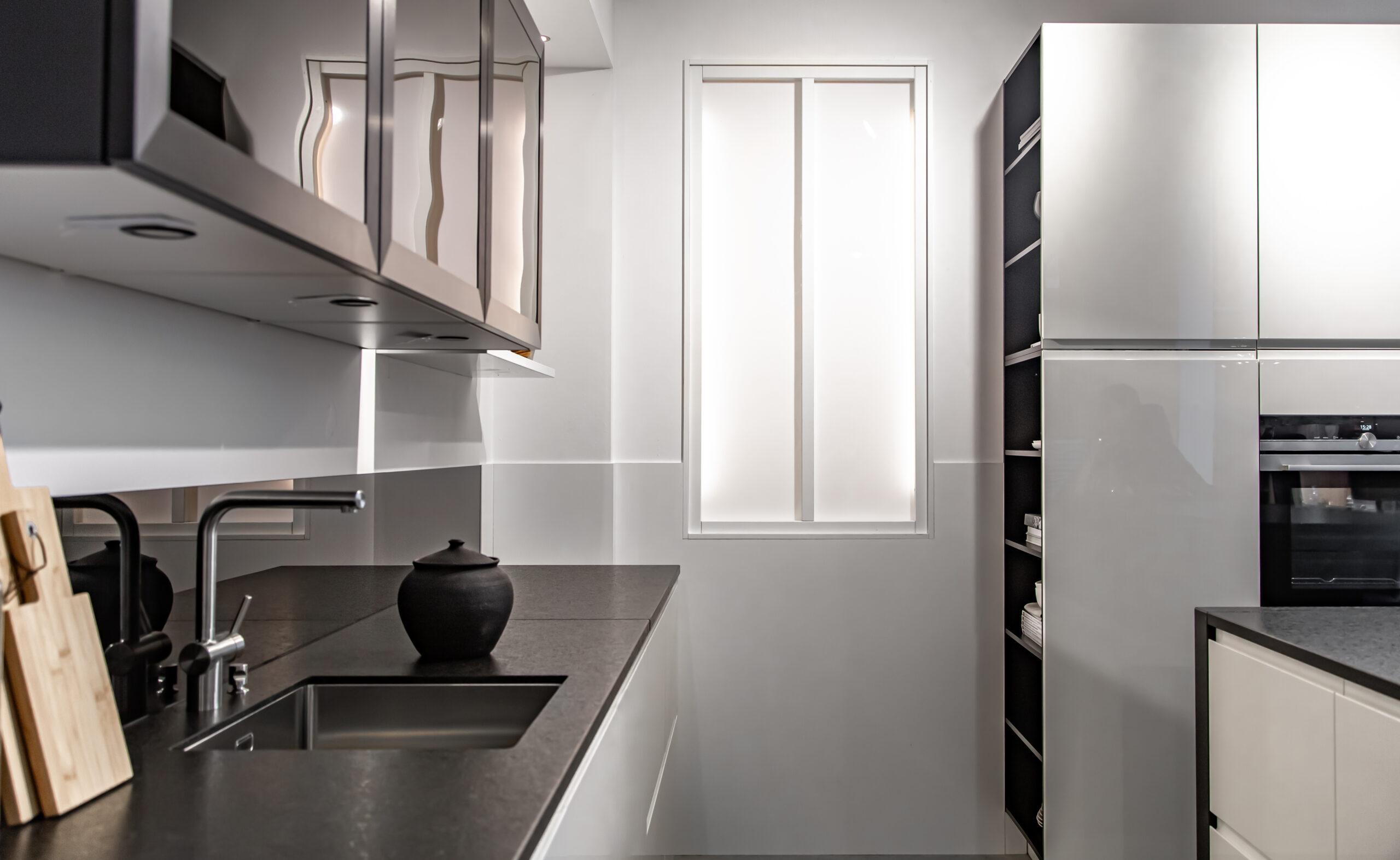
At Golden Hammer Remodeling, we believe that the best ROI projects in historic homes are those that enhance both your daily living experience and your property’s long-term value. Our approach focuses on understanding your home’s architectural heritage while implementing improvements that meet modern needs and market expectations. By carefully balancing period authenticity with contemporary functionality, we create renovations that appeal to today’s buyers while respecting your home’s historic character.
Ready to maximize your historic home’s value with strategic kitchen and bathroom renovations? Contact Golden Hammer Remodeling today for a consultation focused on ROI-driven improvements. Our team specializes in historic properties throughout the Boston area, and we’ll help you identify the projects that will provide the best returns while enhancing your home’s unique character. From initial planning through final execution, we’ll ensure your renovation investment pays dividends for years to come.
Frequently Asked Questions (FAQ)
1. What's the typical ROI for kitchen and bathroom renovations in Boston's historic homes?
2. How do I balance modern functionality with historic character to maximize value?
3. Which specific kitchen features provide the best returns in historic Boston homes?
4. Are there any renovation choices that could hurt my historic home's value?
5. How much should I budget for high-ROI kitchen and bathroom projects?
6. Do I need special permits for renovations in Boston's historic districts?
7. How do energy efficiency improvements affect ROI in historic homes?
Blog
Looking for more insights? Explore our blog for expert tips, in-depth guides, and the latest trends.
Keep discovering more content to help you stay ahead!
